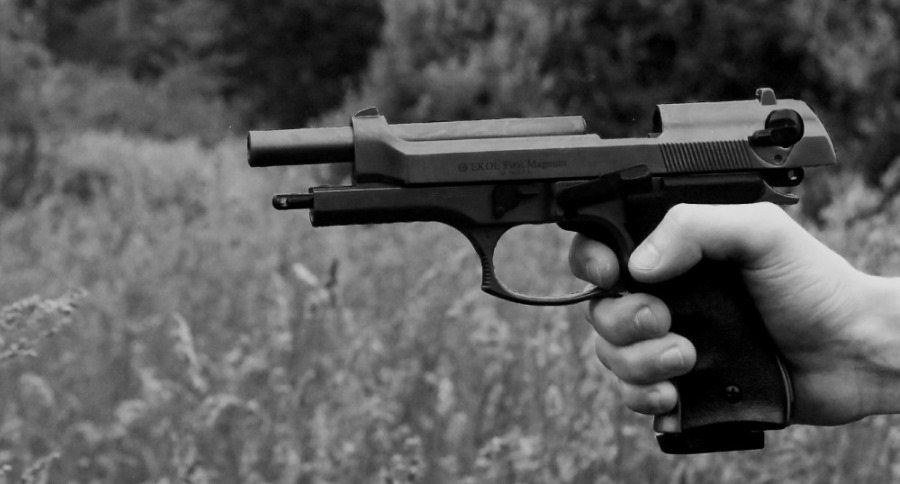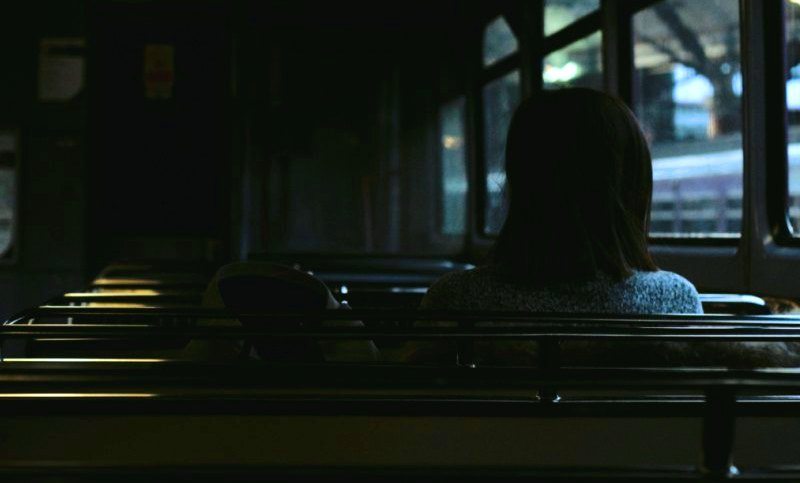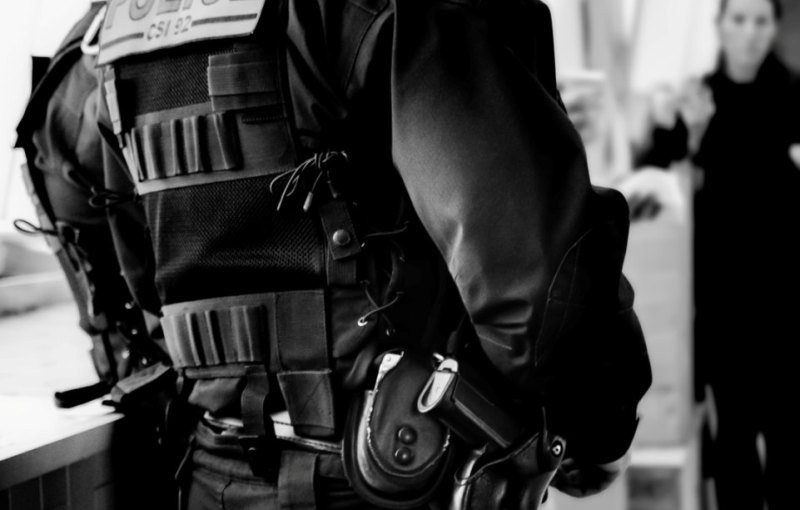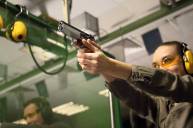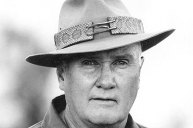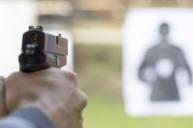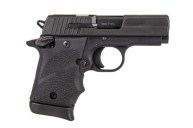Do you have a pistol specifically for protection? How is it different than your hunting pistols and what did you look for in a defense weapon?
These are just a few of the questions I asked when I sat down with a couple of different people to get an idea of how the way you look at your pistol changes in an emergency. I'll tell you a little more on them later.
For now, imagine yourself in a real situation. You're walking to your car in a parking garage. Maybe you're at home and someone breaks in. You're at a red light and someone taps their gun on your window.
Then what?
I'd like to believe that we're all able to tap into our inner Rambo and lay down the hurt in action-movie-style glory when we need to. I want to believe all the good guys are Special Forces in disguise and the bad guys always lose.
The truth is, though, most of us don't have the training or the experience to react the way we hope we can in a real emergency.
Real danger is unpredictable and consuming. Anxiety and fear can literally choke the air out of you. Suddenly you can't hear. You can't perform basic tasks. The world is moving in slow motion.
Amanda Ripley wrote the book on how people react in an emergency. According to her research, people go through what she calls the survival arc. I won't go into too much detail here, but the largest hurdle is getting over the initial freeze of denial.
Studies show that most of us simply shut down and don't do anything, which is called "normalcy bias." That means we think slowly and walk around like it's not really happening, picking up our things, fumbling with jackets, etc.

So, what can you do? What can you do to make your weapon match your "emergency response" brain?
One of the gentlemen I spoke with worked for the railroad in East St. Louis in the 1980s. For those of you that don't know, East St. Louis has topped of the FBI's list of the most dangerous cities in the U.S. for many years. It has a startling rate of violent crime per capital and many parts of it look like a dystopian war zone.
He suggested sighting in your pistol to shoot 1-1.5 inches low. That means a taller front sight.
"When things really go sideways, you're going to be looking for that front sight," he said. "Most people that miss shoot over the target when they are panicked."
This makes some sense. With shaking hands and pumping adrenaline, most of us aren't likely to have the wherewithal to calmly line up the sights. We look for that front sight and tilt the pistol upwards to see it, ultimately shooting high.
He also suggested streamlining your pistol as much as possible. Don't have anything that can get caught or a safety mechanism that you have to flip. You won't remember it in the moment. He also recommended a heavy trigger pull—about 6 pounds on a light gun.
"You don't want it to go off before you're ready, and it will feel very light with all that adrenaline."
But what about people who don't have that option? How do people in Special Forces or emergency responders beat that? Is there a way to change how you'll react?
The good news is studies have shown that rehearsal is a powerful tool. Mentally mapping out the response you want and physically practicing the motions teaches your brain and body what to do. Hence, when all the danger signals in your head go off, your brain tends to choose the path most traveled.
I also spoke with someone who's practiced alongside Special Forces in real emergency situations. I asked about the training they do and the comparison to the average person at the range.
Talking with him, it became clear that repetition and practice were high priority. Therefore, they know every part of their gun, ways to maneuver I'd never even thought of and they practice each motion and each combination of motions over and over.
I was surprised by how much practice there is before and after firing. They would just repeat a combat draw over and over again to become comfortable with their primary firearm. As for the sights, theirs are usually dead on.
"There's just no comparison to them and the average guy at the range. I've seen a lot of these guys that could put the shot exactly where they wanted it at different points in their draw."
As for streamlining the pistol itself, they seem to have more variance. They opt for performance, reliability and personal preference on their personal sidearms. Complexity seems like less of an issue if you have the experience to handle it.
So what's the verdict? Do you sight for shooting scared, or do you feel like you've put in the practice to be confident in a crisis?
I think this can largely depend on your personality, experience and the kinds of situations you could find yourself in. More practice never hurts, but I believe it's important to be realistic about your abilities and your mindset.
Food for thought!
Both parties wished to remain anonymous, so their names have been omitted here at their request.
